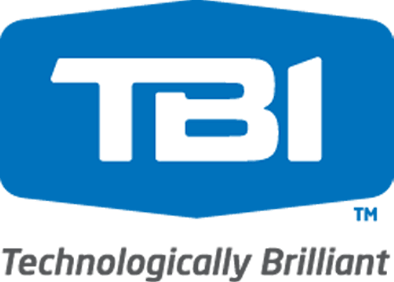When Dell went private this year, many analysts opined that the company was interested in moving from products to services as its core business model, and being private would make this transition easier. Over the years, Dell had entered into a sales competition with companies like HP and Lenovo, in which units shipped and gross revenue were the most important metrics. The margins on these items have been in decline for years and the company was eager to make services a larger and more visible part of its portfolio. Doing so required breaking free of the hardware sales competition and reinventing Dell’s core value proposition.
If accurate, this reasoning certainly shines a light on what it means to compete in the technology sector in the twenty-first century. Some companies like IBM have long focused on providing services while others, like HP, have spent decades focusing on providing hardware to customers. A company like Dell was able to sell billions of dollars of hardware each year. However, in the last decade it has become increasingly obvious to those in the technology sector that the rapid acceleration of technological capability combined with ever-reducing costs in the supply chain make it near impossible to succeed when solely dependent on selling hardware and physical goods. To not only survive but also thrive, technology providers must make solution sales a core piece of their offerings.
My initial intention was to provide one article that detailed the difference between product vendors and service providers. As it turns out, the conversation is more complex than I anticipated, so we’re going to break this subject up into a few components. By the time this three part series is finished, you should have an excellent understanding about the economics related to product and service sales, as well as a roadmap on how to position your company in the most advantageous way possible.
Broadly speaking, the easiest thing to sell is a physical product. Physical products have tangible benefits and fixed costs. For example, a person decides they need a new desk chair. Perhaps they want the desk chair to be brown in color with a soft cloth covering and wheels. They look around and find a desk chair that meets their needs. They place the order. The product arrives, is unboxed, and put into service. The vendor receives payment and the transaction is completed. Seems simple enough, right?
Well, it is. This is what is known as selling a commodity. A commodity is a basic good that is bought or sold to fill a want or need. Commodities are interchangeable with other goods that fill the same want or need. The desk chair purchased above could have been any number of desk chairs that had wheels and a soft, brown cloth covering. As it happened, the buyer found a desk chair that met their needs and bought it.

Selling commodities won’t help you stand out with customers. Image courtesy of SolutionSellingBlog.com
Selling commodities means you are competing without a unique value proposition against vendors that can offer the same basic goods that you offer. As result, the only real differentiator at your disposal is price. Sure, you can offer your product in different colors or with different ancillary features, but if another provider has a similar product for sale, your ability to differentiate your offering is primarily tied to price. For example, if Best Buy is offering a laptop with a Windows operating system, 4GB of RAM, an Intel i5 processor, and 500GB hard drive for $650, then it is virtually impossible for you to sell a laptop with similar specifications for $2,000. There is simply no compelling reason to choose your offering over the similar product that is for sale at Best Buy, and there certainly isn’t $1,350 worth of compelling value or reasoning to support your price point.
As a business principle, selling something when your only competitive advantage is price is a mistake. Most executives and sales directors realize that selling a product based on price is a race to the bottom. You lower your price to win business and in response, your competitor lowers his price even more. You respond by discounting further, until all of your margin has disappeared and neither of you are earning profits.

Solution selling requires learning about the customer and delivering value. Image courtesy of Gazette.net
So why would anyone subscribe to this kind of business model? To begin with, the allure of top-line revenue is hard to resist. When a customer calls needing a new server cluster or a workstation refresh, it can be tempting to price out their hardware request and eagerly ask for the order. Many vendors incorrectly presume that they can keep squeezing profits out of the supply side of hardware indefinitely. Secondly, many sales executives will convince themselves that selling products at razor-thin margins will build goodwill and interest in other, more profitable, lines of business. Finally, it can be hard to change the tracks once the train has started rolling: even with a clear understanding of the economics involved, transitioning from a hardware business to something else is complicated. Just ask Dell.
Tomorrow we’ll examine solutions and how your business can integrate more solutions sales into your core offerings. In the meantime, if your needs are more complex then simply buying a new laptop or server, contact Mosaic NetworX for an assessment and discussion of how to better leverage technology in your organization.







